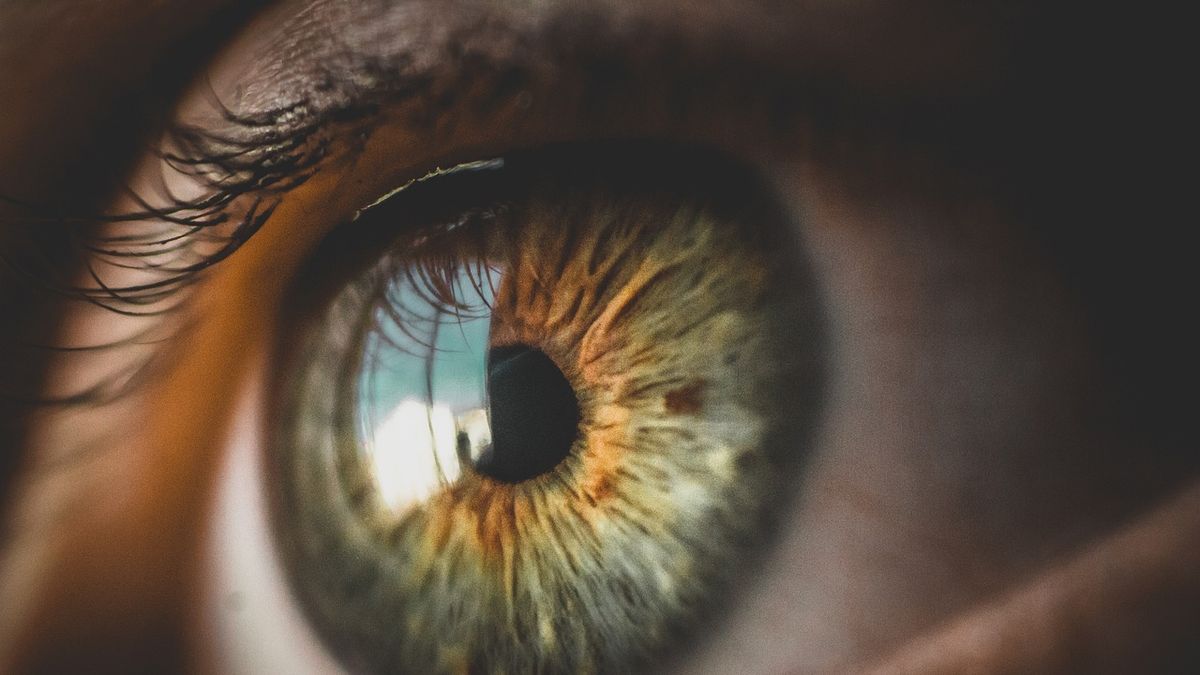He keratoconus It is an evolutionary pathology that occurs when the cornea (the outer lens of the eye) becomes thinner and protrudes in the shape of a cone. It can affect both eyes, although always more to one than the other. It usually starts in adolescence and can progress slowly or quickly.
When keratoconus is present, the cornea is chronically and progressively altered, modifying its curvature, due to an intrinsic change in its structure. Corneal biomechanics are affected and vision varies, both due to a refractive error (high and irregular astigmatism) and also (in advanced stages) due to loss of transparency. It causes blurred vision because images are distorted as if looking through the bottom of a bottle.
How does the keratoconus?
It is not entirely clear why it appears, but it is known that there is a genetic predisposition and that the mechanical action of eye rubbing can be a stimulus that, at least, favors its evolution. On the other hand, there is a very frequent association between keratoconus and ocular allergy, which causes itching and it is common for patients to tend to rub them.
At present, its origin and how to avoid it are still being investigated.
Who does it affect? keratoconus?
According to data published this year (2023) in the BMJ Open Ophthalmology journal, the annual incidence of keratoconus varies globally, ranging from 1.3 to 32.3 cases per 100,000 inhabitants, although it is higher in regions like Asia.
symptoms and treatment keratoconus
One of its symptoms is eye itching and the need to rub the eyes, which causes the collagen fibers in the cornea to break and the disease progresses more rapidly. For this reason, and for other ocular consequences, you should never rub your eyes.
In the early stages, vision is corrected with glasses or contact lenses, while in more advanced periods it is necessary to perform procedures such as cross linking (which increases the cross-linking of the collagen fibers of the cornea to strengthen its structure and slow the progression of the pathology) or intrastromal rings, which help to stabilize the cornea.
In intermediate stages, when the cornea is more deformed, rings of biocompatible material can be placed inside it, they are made of acrylic and work as tension archwires. It is performed with a laser called femtosecond, which provides micrometric precision. Thus, it is possible to flatten and regularize the corneal curvature to have greater tolerance to contact lenses and even improve visual acuity.
There are also very advanced cases in which the previous procedures are not possible and corneal transplantation must be resorted to. There are two types: deep anterior lamellar and penetrating.
In the first, the damaged part of the corneal tissue is removed, the healthy tissues are left and the transplant is carried out. In the penetrating ones, meanwhile, the entire corneal thickness is changed.
The cornea is an avascular tissue, which is why it is less prone to rejection.
Tissue and organ donation is very important. Much progress has been made in this direction, but we must continue working on education and awareness of donations, since it is something that must be resolved in the core of each family. In this way, you help improve the quality of life of other people.
Patients with keratoconus should go to the ophthalmologist to assess the stage and evolution of their pathology for treatment at the indicated time.
Dr. Germán Bianchi, ophthalmologist, head of corneal transplantation at Clínica Nano.
Source: Ambito
I am an author and journalist who has worked in the entertainment industry for over a decade. I currently work as a news editor at a major news website, and my focus is on covering the latest trends in entertainment. I also write occasional pieces for other outlets, and have authored two books about the entertainment industry.




